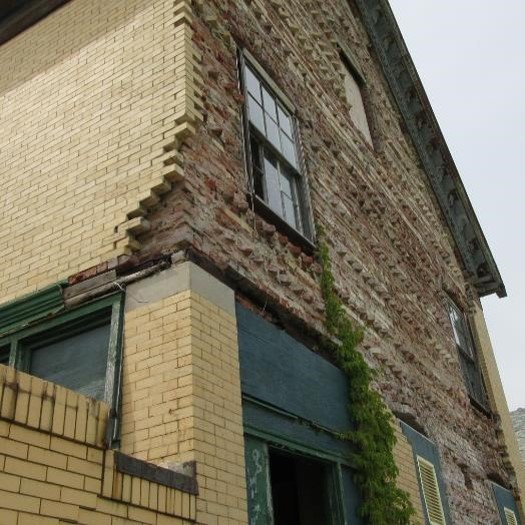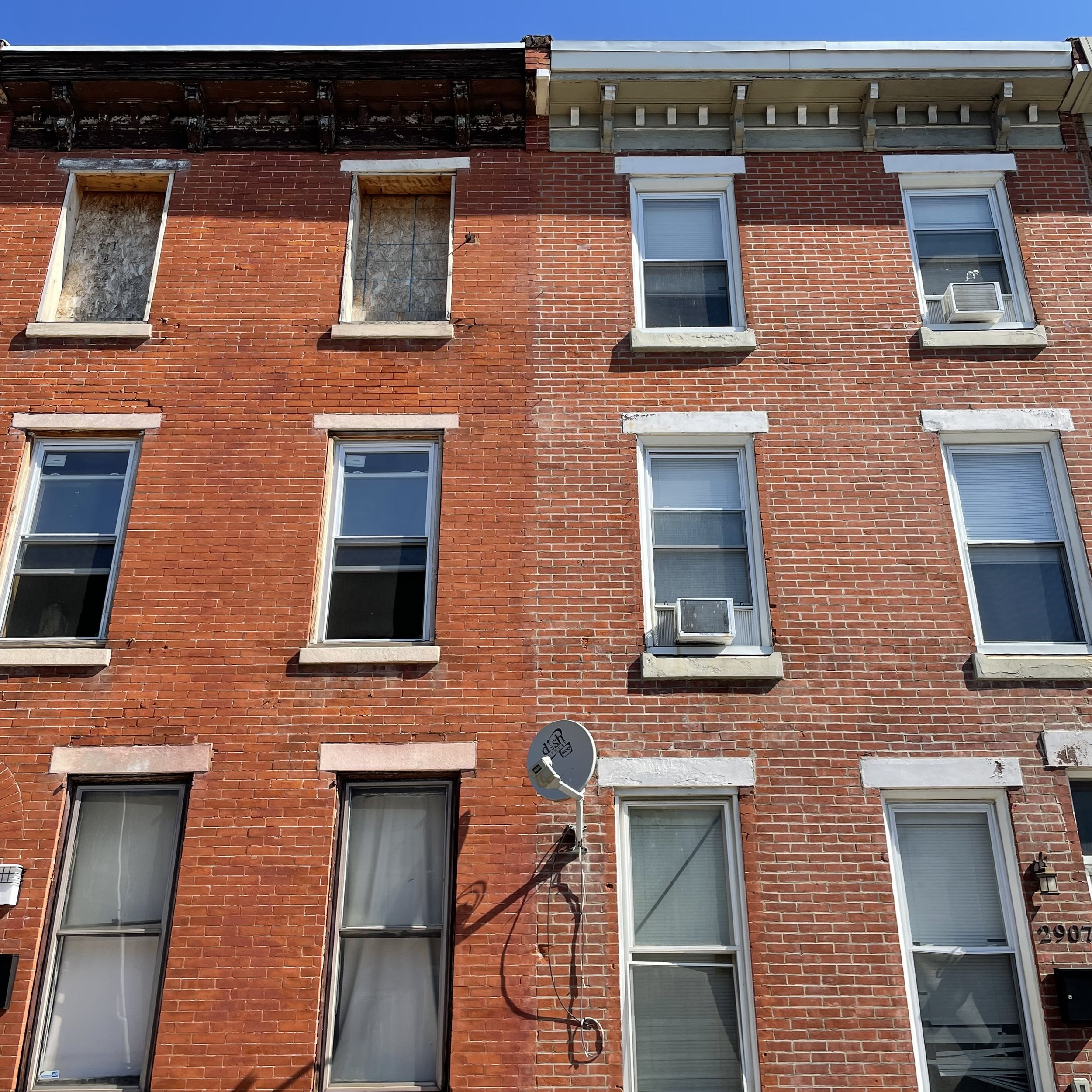The Popular Yet Problematic American Bond in Brick Masonry
presented by: Justin Spivey, PE
Since the invention of clay units of handheld size, masons have been exploring the boundless possibilities of arranging bricks into different patterns as they construct walls, opening surrounds, cornices, and other building elements. Among these, one frequently used pattern stands out: American bond, wherein the exterior or face wythe consists entirely of bricks in stretcher orientation, with concealed connections to the backup masonry that forms the remainder of the wall thickness. In an existing building, it may not be readily discernible whether there are diagonal header bricks notched into the back of the face wythe, or metal ties bedded in mortar, as these two technologies overlapped in time. Both types of connections tend to be weaker than bond patterns with perpendicular header bricks, making American bond more susceptible to separation of the face wythe. This is particularly critical for Philadelphia rowhouses, for which building codes starting in the 1850s permitted walls as thin as two wythes. This presentation will discuss failure mechanisms and diagnosis, as well as the current state of practice for repair design and construction in the Philadelphia area.




